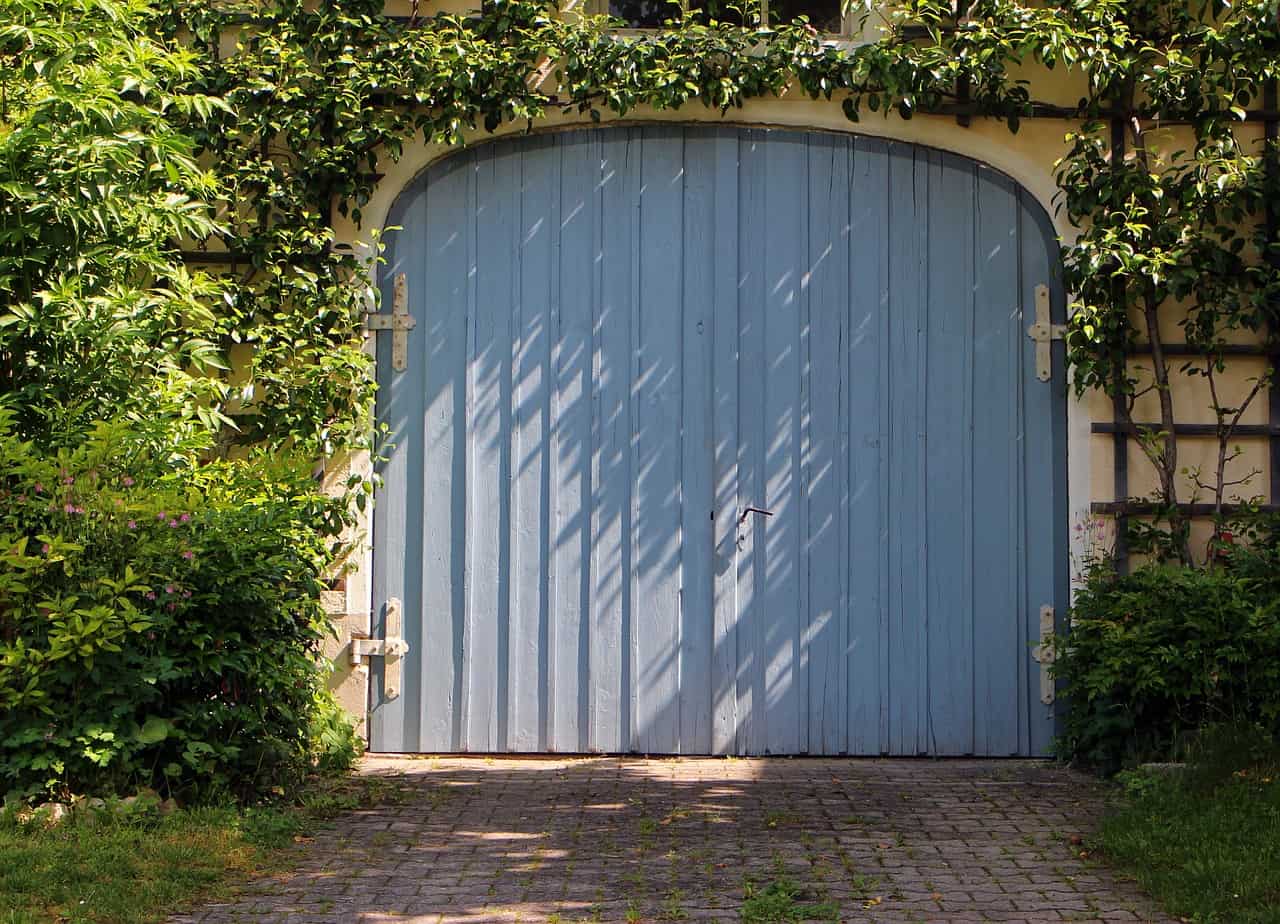The thing about most DIY jobs is that they seem to be quite easy to do, especially when watching someone else do it, and if you have never done this before, you might be quite surprised at how complicated some of them are.
When it comes to painting your walls, this might seem easy, but there are many factors to consider, and if you want to do the job correctly, there are a few things that you need to be prepared for or learned. Here are 5 things to keep in mind when painting your walls.
Make sure to prep
One of the most important things you should do before painting your walls is to prep them to be painted. This is a step that many people skip since it isn’t clearly stated on any paint cans, and if you don’t have any experience you won’t know how to do it. A handyman could easily do this for you at a low cost since this isn’t an extensive project and would probably only take an hour or two.
The first step to prepping the walls is to check for any cracks, remove the paint if necessary, and then fill them up with something like Polyfilla. Once that is done you will have to sand it down to make sure that it is even with the wall so that it doesn’t create a bump when painted over. You should also make sure to wash or wipe the wall to remove any dust that could cause problems with the primer that you need to apply before painting.
Know how much paint you will need
The second step is to determine how much paint you will need, and as mentioned above, primer. This can be a little tricky if it is your first time painting since sometimes you won’t know how much paint you will need until after you have finished painting.
One of the things this will depend on is the primer that you use, and how many coats you have applied. If you don’t need to use primer, it will depend on the color of the coat underneath. If you are going from a dark coat to a light coat, you will probably need 2 or more coats until the color underneath no longer shows through.
You don’t want to be halfway through the second coat of paint and then run out, because you will have to wait for it to dry before continuing paint, lest you create bumps or pull the newly applied coat off the wall.
Decide on a color scheme
Before you even start painting you have to make sure that you decide on the correct color scheme. This might sound strange since if you are painting your walls there can’t really be a right or wrong, but it depends.
The first thing to take into consideration is how much light the rooms gets; if it doesn’t get that much light then you probably don’t want to go for a darker color scheme because then the room will feel dull or gloomy.
The opposite is true for bright colors; if your furniture is dark, or dark wood, then a bright color scheme won’t really match, and the tone created will look rather confusing.
Use the right brushes and rollers
When it comes to the actual brushes and rollers being used, there isn’t a one-size-fits-all approach, unfortunately, and if this is your first time painting the walls, you might want to make sure which brushes and rollers you use.
There are specific brushes and rollers that should be used for primers, as well as for different finishes. They also come in a variety of sizes, so you might want to get a few in case you will be painting around light switches, or the skirting boards, where finesse and a small brush is needed.
Choose the correct finish
If there is one thing that is more important than the color that is being used, it is the finish. A finish is basically the sheen of the glossiness that the paint has when it has dried on the walls.
Discover more from Futurist Architecture
Subscribe to get the latest posts sent to your email.




